Any moisture evaporated by the additional heat will be trapped within the vapor barrier. Many inexperienced contractors forget to tell their customers to turn off automatic water sprinklers for at least 24 hours after applying the sealant. Customers should also allow it to dry at least 24 to 48 hours after applying the sealant. If the sealant doesn't cure properly, water can cause white marks or spots on the pavers and even get trapped under the sealant layer.
It is very important not to walk or drive on sealed pavers for at least 24 to 48 hours after application. Finally, we would like to remind you that we recommend a minimum time interval of 24 to 48 hours for sealing pavers. The crucial thing to keep in mind is that they must be dry for the process. If you live in an area with a lot of rain or snow, it's best to wait even longer to seal the pavers.
Here you can wait up to 60 days to ensure that the pavers are completely dry and free of moisture. You don't want to seal them if they're still wet or damp, as this can cause the sealant to build up and not adhere properly. Even before you go to your local hard surface supply store, take some time to review the paver manufacturer's specifications for sealing. To get a free quote for paving stone cleaning and sealing services, feel free to leave us a message or call.
Understanding when to seal pavers after installation is vital to keeping your investment in good shape. Buying your own sealant at local hardware stores such as Lowes or Home Depot to seal your pavers is not a good idea and can often cause irreparable damage. Sealing your pavers requires careful consideration of a few factors to ensure you get the best results. Areas, such as entrances and outdoor facilities, that receive a lot of traffic will need to be sealed every one to two years, while pavers in areas with low traffic can last three to five years without being resealed.
Sealing pavers when they are wet will cause the sealant to build up and may even cause it to come off the pavers, which will be a waste of money. Cleaning pavers before sealing them includes several steps you must take to remove all dirt from the surface. The number one problem when it comes to a paving stone sealant going bad is not using the right sealant for your pavers. For example, travertine pavers are much more porous than granite or concrete pavers and will require a different type of sealant.
With proper sealing and maintenance, your pavers are more likely to have a lasting, beautiful, and durable life and appearance. Most experts recommend waiting at least 24 to 48 hours before sealing new pavers after installation. It is better to apply several thin layers of sealant than to cover the pavers with a thick layer, as this will make the pavers slippery. Try sealing pavers when the temperature is between 50 and 90 degrees Fahrenheit for best results.
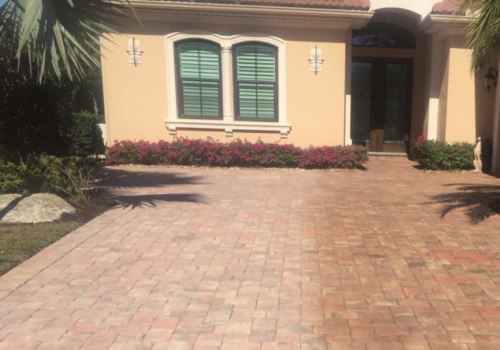
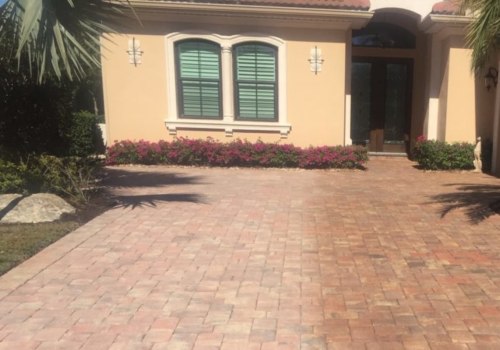
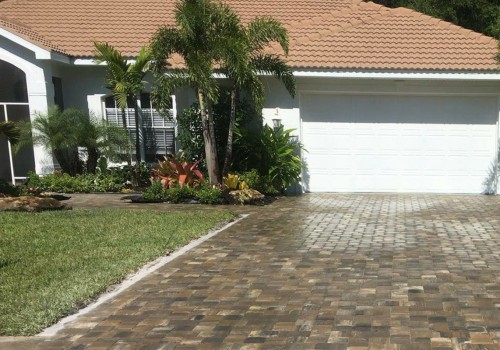
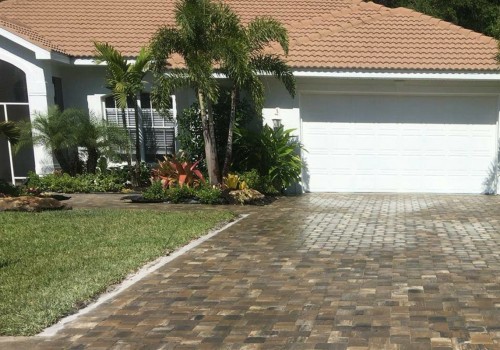
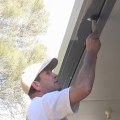
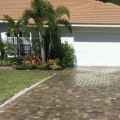
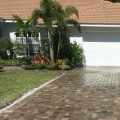
Leave Message